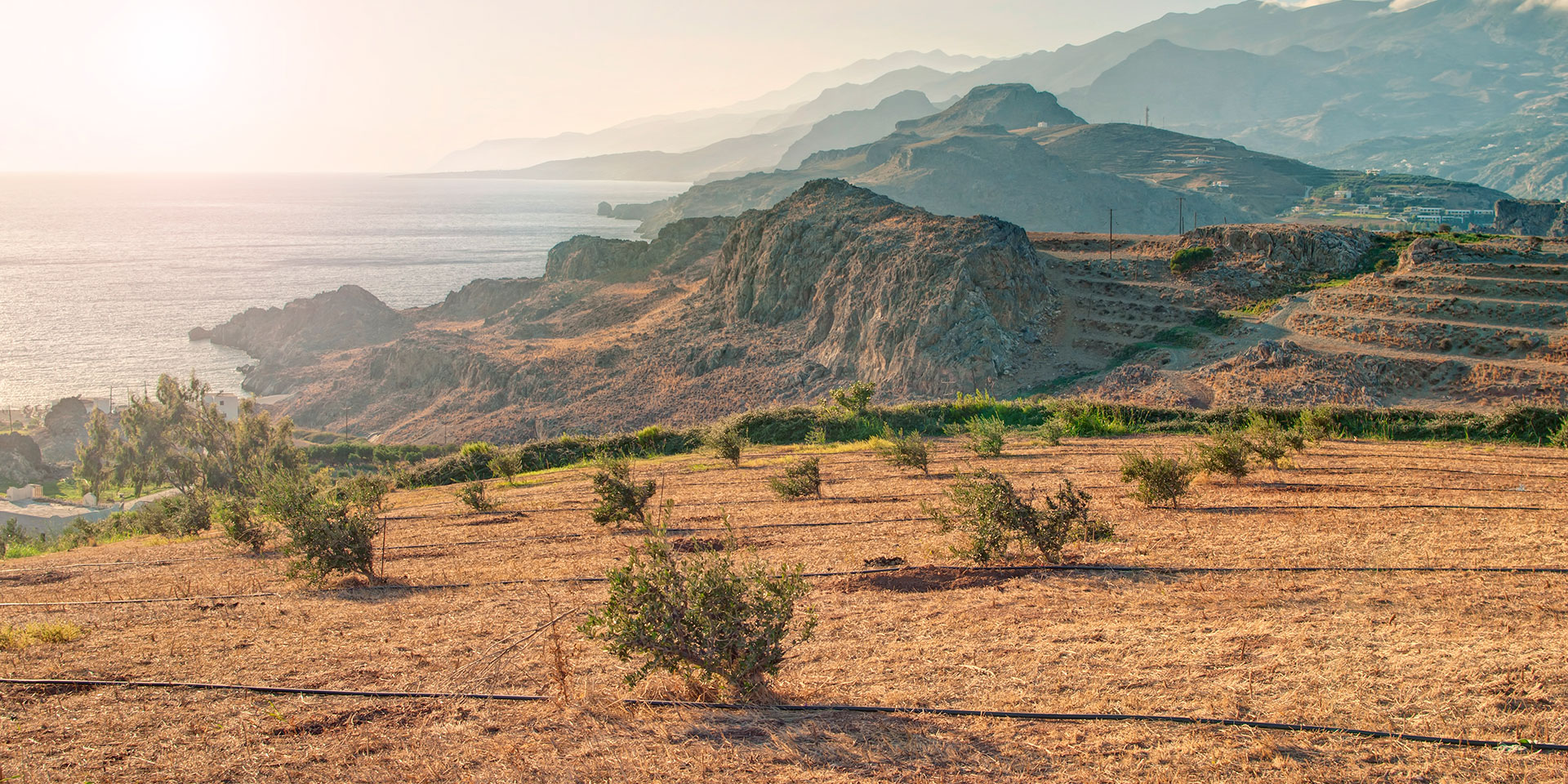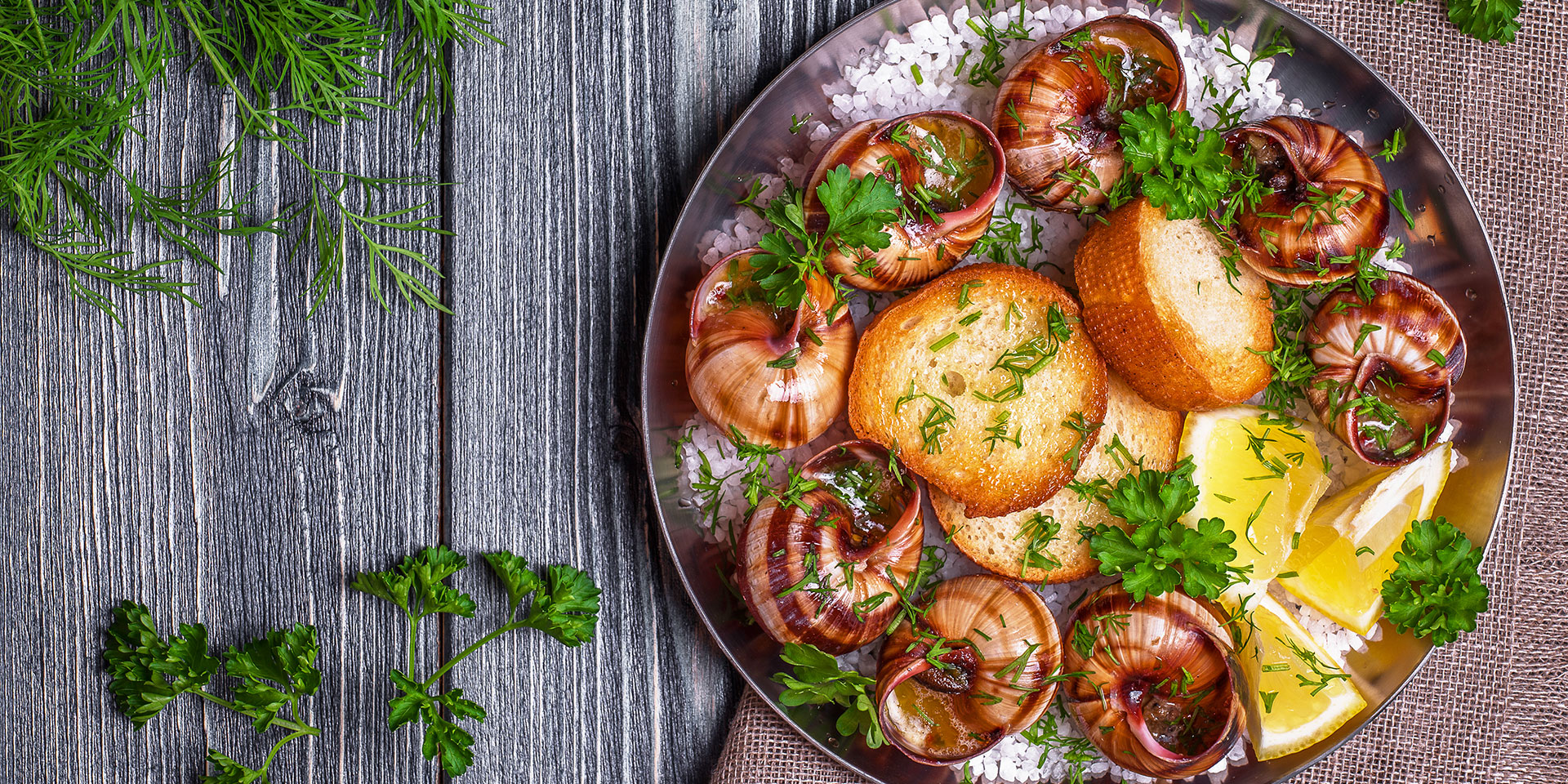Locally sourced ingredients, unfussy cooking and generations of culinary traditions help make Cretan cuisine the healthiest of all the Mediterranean diets. A vast coastline, largely untouched mountain ranges and fertile plains are the backdrop for Crete’s agricultural bounty, of which olive oil has played a central role stretching back 3,500 years.
With 35 million olive trees, Crete produces a third of all the olive oil in Greece, and 90 percent of it is extra virgin. Crete’s unique biodiversity includes myriad native wild herbs and greens. You will find traditional Greek appetizers, or meze, in Crete but usually with a Cretan twist.
For example, there are the horta edible greens (lapatha, seskoula, kafkalithres, mironia, etc.), which not only make for some incredibly scrumptious “salty” pies (hortopitakia), but also, according to scientific studies, have an exceptionally high nutritional value, with plenty of micronutrients (i.e., vitamins and minerals).

What’s Cooking in Crete (and Where)
According to Stefanos Pertsemlidis, a leading Greek nutritionist, “The Cretan diet doesn’t differentiate much from the Greek/Mediterranean diet, as the term ‘Mediterranean diet’ is based on the Cretan diet of the early 1950s, when a very important study revealed the Cretan diet to be a protective factor against cancer and cardiovascular diseases.”
He adds that what differentiates Cretan cooking from that of other areas of Greece is that “most of the other areas in Greece do not have the very wide variety of ingredients that Crete has. This is quite unique — especially for an island.”
Some 18 Cretan agricultural and livestock products and at least a dozen wines have been awarded PDO (Protected Designation of Origin) status. The foods of Crete are distinct from, yet form an integral part of, the entire delicious Greek gastronomic picture.
“As in most areas of Greece, the Cretan diet has specific characteristics,” Pertsemlidis says, “such as the wedding food [gamopilafo, the wedding risotto] or the traditional antikristo [across the fire] method of cooking lamb and goat meat.”
Book a stay at Domes Noruz Chania, Autograph Collection, in Chania, one of the most popular destinations in Crete, home to many good restaurants with traditional Cretan menus. Try Ta Chalkina for the Cretan pork sausage, chicken souvlaki marinated in yogurt and garlic, and local snails in olive oil.
For fish meze, the family-owned Portes (at Akti Papanikoli 1) wins plaudits, and for more excellent seafood, such as mussels in garlic and more, there’s Achilleas Fish Tavern (at Akti Papanikoli kai Monis Gonias).
Meanwhile, in eastern Crete, if you’re staying at the Domes of Elounda, Autograph Collection, the Vritomartes Taverna (on Akit Olountos) is a popular spot, as is Nikos Fish Tavern (on Akti Virtomartis).
But these are just a few suggestions; rest assured you’ll be able to try traditional dishes almost everywhere in Crete, whether along the coast or in the inland villages.
Don’t Leave Without Trying These Cretan Foods
Be sure to sweeten at least one of your meals with some Cretan honey, the product of bees collecting nectar from pine and acacia trees, as well as herbs like thyme, ironwort (Cretan mountain tea), oregano, sage and heather. Other edible Cretan wild herbs you’ll find flavoring your foods include dittany, sage and pennyroyal (squaw mint).
Why not try some of Crete’s organic baby artichokes and askordoulakia (tassel hyacinth bulbs)? These are usually pickled in an olive oil, salt and vinegar mixture and sometimes served as meze to accompany raki (similar to ouzo). Kapriko is slow-roasted pork with a delectably crispy skin, while apaki and siglina are gourmet, smoke-cured cuts of pork.
Skioufikta is a tube-shaped pasta cooked in a meat broth and topped with grated dry anthotyro cheese. At many Cretan tavernas, you can order xinohondros, a local pasta, often served with chopped tomatoes and soft farm cheese drizzled with extra-virgin olive oil. Zucchini flowers stuffed with rice and herbs are called anthi.
The low-fat cheese spread called Xygalo is made from goat’s and/or sheep’s milk. Cretan cheeses often find their way into traditional pie recipes that can be sweet or savory (salted); you’ll see names for these like kaltsounia, mizithra, sfakianes, lichnarakia and others. Cretan graviera and three other cheeses have been awarded PDO designation.
The traditional hard Cretan bread rusks are made from barley and called dakos. Often they are served with chopped tomatoes on top, drizzled with soft cheese and sprinkled with olive oil. Snails, or hohli, are a much-treasured Cretan delicacy, and they are often fried with vinegar and rosemary (a dish called boubouristi).
Cretans also like to nibble on dried figs, sultanas and currants. Carob is making a comeback, and Crete’s carob tree forests are the most extensive in the southeast Mediterranean.
There are also organically grown fruits like oranges and grapes, as well as apples, from the Lassithi Plateau; sweet cherries from Gerakari; and even bananas from Arvi on the south coast. Kids love a local banana-flavored cola — called Zelita, it’s just one of the many fun foodie surprises you’ll find in Crete.




